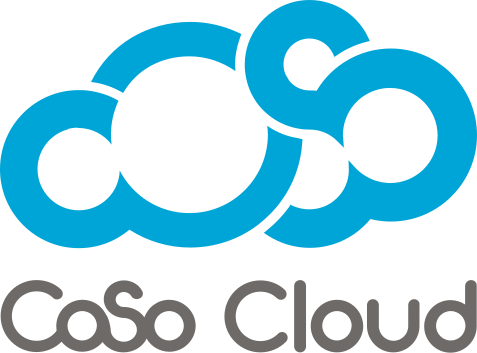
Renewing Hope After Shutdowns Through Learning and Development
October 18, 2023
As the echoes of political debates reverberate through the corridors of government, a looming shadow casts a sense of uncertainty over the nation—the potential for yet another government shutdown. These periodic and politically-prompted pauses in almost all non-essential federal government work disrupt essential public services as well as the lives of government employees. But what happens when the curtains close on a shutdown, and the lights come back on in government offices? The challenge then lies in re-engaging the workforce efficiently and effectively, ensuring they are ready to serve the public once more. In this narrative exploration, we will not only delve into the obstacles faced during post-government shutdown reintegration but also illuminate how innovative learning technologies and thoughtful preparation can transform these challenges into opportunities for renewal and growth.
Knowledge and Skill Gaps
Long government shutdowns are relatively rare, with only three exceeding 20 days since 1976. In spite of their infrequency, the impact of a long shutdown can be significant, and agencies must be fully prepared before the shutdown threat is imminent. For example, after a long shutdown, employees may face knowledge and skill gaps upon returning to their roles.
One solution is to creatively employ learning technologies to transform knowledge and skill gaps into opportunities for growth. Imagine an interactive online learning platform, tailored to individual needs, where employees can access engaging e-learning modules conveniently. These modules aren’t just about acquiring knowledge; they’re immersive experiences. For instance, they could include virtual reality simulations that allow employees to “step into” their roles, rekindling their passion and competence. To prepare for this, agencies should proactively assess employees’ skill levels, creating a baseline for customized learning journeys that bridge gaps efficiently.
Rekindling Motivation and Morale
Motivation and morale, often dulled during prolonged shutdowns, can be rekindled creatively. Learning technologies can play a pivotal role in crafting engaging narratives of renewal. Picture a mobile learning app that provides essential training and motivational content, such as success stories and peer recognition. These apps are a daily dose of inspiration, fostering a sense of purpose and boosting morale. Agencies should proactively gather employee feedback to understand their motivations, tailoring learning programs to align with individual and collective goals.
Navigating New Policies and Procedures
The adaptation to new policies and procedures post-shutdown can be streamlined and efficient. Innovative learning technologies can turn this challenge into a catalyst for better decision-making and operational excellence. Imagine a virtual decision-making platform that simulates real-world scenarios. Employees can immerse themselves in these scenarios, applying the newly acquired policy knowledge to make informed decisions, much like characters in a story facing critical plot points. Agencies should proactively involve subject matter experts to ensure policy training is practical and realistic, preparing employees to make sound decisions confidently.
Embracing New Work Norms
Embracing new work norms, such as remote work, can be an opportunity to increase adaptability and efficiency. Learning technologies can facilitate this transition creatively. Imagine a collaborative online workspace that enables remote teams to come together virtually for training and brainstorming sessions. These spaces foster teamwork and build a sense of camaraderie, much like characters uniting to overcome a common challenge in a story. Agencies should invest in training on remote work best practices, cybersecurity, and the use of collaboration tools, preparing employees to excel in this new work environment.
In preparing for post-shutdown reintegration, agencies should adopt a forward-thinking approach. They should engage L&D leaders early in the process to design and deliver creative learning experiences. Moreover, agencies should continually assess the effectiveness of these experiences and seek employee feedback to make data-informed adjustments. By thinking creatively and embracing the potential of learning technologies, agencies can craft compelling narratives of renewal, where employees are not just reintegrated but reinvigorated, ready to embrace their responsibilities with renewed enthusiasm and competence. It’s a narrative where government agencies emerge from shutdowns not just intact but stronger, more agile, and better prepared for whatever challenges lie ahead.











